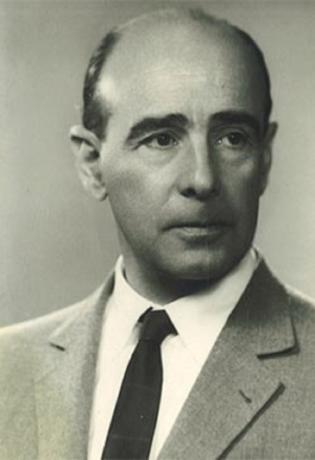O presence understood also as presence generation it marks an epoch in the second phase or generation of modernism in Portugal, between the years 1927-1940.
The movement had its trademark with the first publication of the Revista Presença, that is, as we can see, it gives its name to the period mentioned, the work was published on the 10th of March of the year 1927, the magazine was a great success with more than fifty-four printed issues, second only to the Orpheu magazine, which at the time sold thousands of impressions.
Index
The characteristics of this literary movement gave great importance in their works to creativity, criticism, introspection of their writers, a brand that became known as “presence psychologism”, characteristics sought in Orphismo, which was the first modernist generation of Portugal. Presence only differentiated in the part of paying attention to the “I/the author, that is, placing it in an important part of the written work.
The Orpheu generation also gained great success and featured in Coimbra magazine, the group responsible for introducing the modernism in Portuguese arts and letters, name given by the literary magazine Orpheu, published in 1915, in Lisbon. Unfortunately, due to ephemeral consequences, that is, short-lived, they did not reach the expected goal.
We can highlight the main founding authors of the journal:
We cannot forget to mention other extremely important authors and their works:

He was a great militant of literature and freedom, he was a translator, critic and Portuguese novelist, see his main works:

Torga was one of the most influential poet writers of his time in the 20th century, in addition, he was a short story writer and memoirist, see some of his main works, such as novel, theater, essays:

Branquinho was a great Portuguese writer, was born in Mortagua, graduated in law, was director of the library museum, and also together with other writers of the time, he founded the magazine presence, in 1930 there are no more links with the magazine, see the main construction:

João was born in Figueira da Foz, was a novelist, playwright, biographer and memorialist historian, founded the magazine in 1927. His main works are:

Antonio was born in the city of Villar Seco, studied law, worked with cotton exporting colonial cotton, he was great contributor to the magazine, participating in a group from the modernist era, the medium that published his main works:
Pedro was a great Portuguese poet, he was a lawyer, delegate, teacher and school principal, as a poet he was part of the movement of the magazine presence. See the main works:
The set attendee did not present strong ideas related to policies in its movement, with this fact, it opens up possibilities for a new modernist generation, neorealism, which embraced social and political influences, opposing the presence movement.
We also recommend:
Subscribe to our email list and receive interesting information and updates in your email inbox
Thanks for signing up.